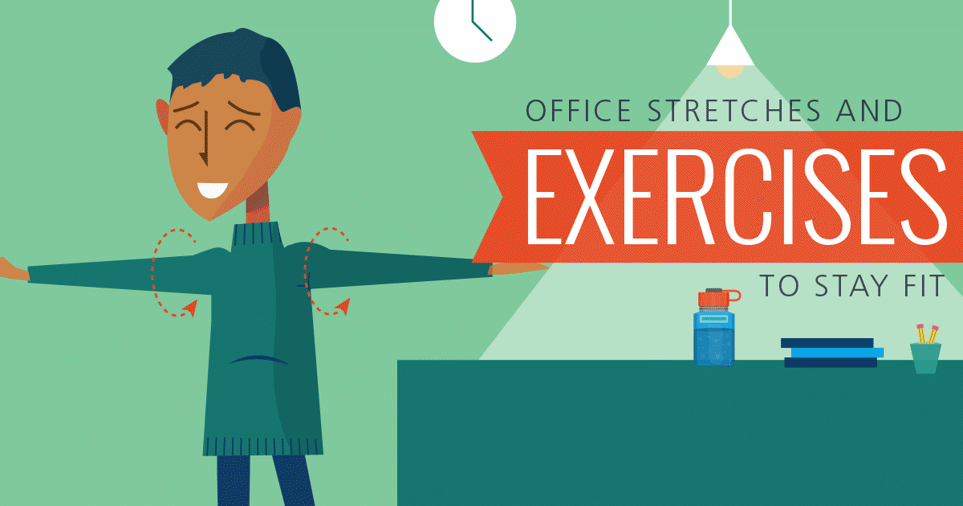Keep the Gain, Lose the Pain
Dec 29, 2021

As 2022 rolls in, are you adding "get in shape" to your goals? If so, you’re not alone. "Getting back to exercise is a common New Year’s resolution," says Dr. Tabitha Galindo, Adventist Health Portland physical therapist.
While starting a new exercise routine, it’s important to take steps to protect your body and the healthy gains you’re making while reducing the chance of a painful injury that lands you back on your couch.
Getting going with exercise
If you’re just getting started with an exercise program or new activity, it’s good to start small. Dr. Galindo recommends starting by getting a realistic baseline — your current ability level.
"For aerobic activities, a good way to find your initial intensity is to pay attention to your breathing," recommends Dr. Galindo. "Find an activity pace where your breath is slightly labored. This means breathing well enough to hold a conversation but hard enough to have trouble singing."
If you’re going for some weight training, Dr. Galindo recommends starting with a dynamic warmup for your muscles and tendons. This means moving through your stretches before you start lifting.
Next, begin by using weights that are easy or medium for your ability — something you can easily lift or press 15 times before starting to get tired. Once you’ve done a couple days that way with good control and no increased soreness, you can gradually increase your weight.
Ramping up your intensity
As you get used to your exercise program — or if you’re already active but wanting to increase your intensity — there are many ways to adjust your workout. Often we think of increasing duration, speed or weight.
However, creative additions can increase your workouts and your excitement about them. Dr. Galindo suggests adding:
- Balance exercises
- Interval training on circuits
- Plyometric activities
Also be sure not to go too crazy with your increases. "A good rule of thumb, especially if you have a previous injury, is to increase the overall workout no more than 10% per week," explains Dr. Galindo.
She adds that a proper warmup and cool-down will help you prevent injury.
"Furthermore, it’s important to build rest into your routine," she says. She says to:
- Take time to rest between exercise sets.
- Alternate types of workouts throughout the week.
- Include a recovery day with light walking, swimming or stretching.
When pain is no gain
Some fatigue, soreness during and DOMS (delayed-onset muscle soreness) is expected for the first couple of days after a workout, especially new strength training. For mild discomfort, Dr. Galindo suggests trying a small decrease in your workouts to see if your symptoms improve.
If your symptoms don’t improve after about two weeks, you may need medical attention. That wait should be shorter if your pain is intense. "If you are experiencing a more significant injury that decreases your ability to perform day-to-day activities for greater than 24 hours, then seek a more immediate referral," Dr. Galindo advises.
Talk with your primary care provider and ask for a referral to physical therapy. When you have a referral, call our team at503-261-6962to get scheduled with Dr. Galindo or one of her colleagues.


